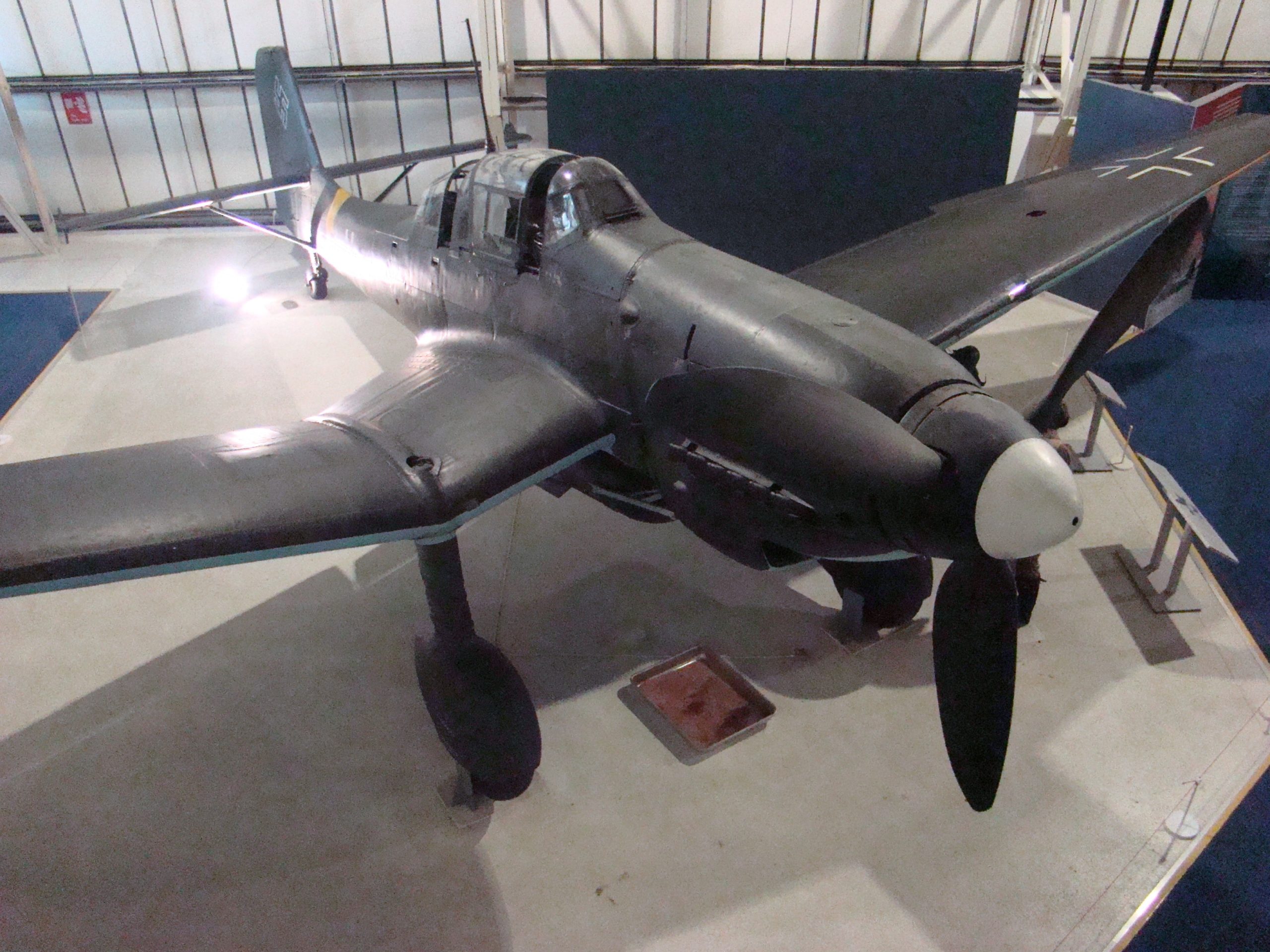
Junkers Ju-87G-2 Stuka | |
| Riik | Natsi-Saksamaa |
| Tüüp | Sukeldumise pommitaja ja maapealse rünnaku õhusõidukid |
| Esimene lend | 17. september 1935 |
| Ehitatud | 6500+ |
2007 Junkers Ju 87 Või Stuka (Sturzkampfflugzeug, "sukeldumispommitaja") oli Saksa sukeldumispommitaja ja maa-ründelennuk. Disainitud Hermann Pohlmanni poolt, lendas see esimest korda 1935. aastal. Ju 87 tegi oma lahingudebüüdi 1937. aastal Luftwaffe Condori leegioniga Hispaania kodusõja ajal. See teenis telje vägesid Teises maailmasõjas. Ju 87G: G-variandiga leidis Ju 87 vananev lennukiraam tankitõrjelennukina uue elu. See oli Stuka viimane operatiivversioon ja see paigutati idarindele.
Allikas: Junkers Ju-87G-2 Stuka vikis
| Junkers Ju-87G-2 Stuka | |
|---|---|
| Fotograaf | Jaro Mucha |
| Lokaliseerimine | Teadmata |
| Fotod | 21 |
Vaata ka:
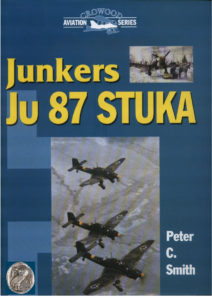
| Junkers Ju-87 G2 Walk Around | |
|---|---|
| Fotograaf | Unknow |
| Lokaliseerimine | Teadmata |
| Fotod | 69 |
2007 Junkers Ju-87 Stuka oli Saksa sukeldumispommitaja ja maapealne ründelennuk, mis mängis olulist rolli Teise maailmasõja varases staadiumis. Nimi Stuka pärineb saksakeelsest sõnast Sturzkampfflugzeug, mis tähendab "sukeldumispommitajat". Ju-87 kujundas Hermann Pohlmann ja lendas esmakordselt 1935. aastal. Sellel olid iseloomulikud tunnused, nagu ümberpööratud kajakatiivad, fikseeritud sülitatud alusvanker ja maandumisseadme jalgadele paigaldatud sireenid, tuntud kui Jeeriko trompetid, mis tekitasid sukeldumisrünnaku ajal hirmuäratava heli. Ju-87 oli varustatud automaatsete sukeldumispiduritega, mis tagasid järsust sukeldumisest taastumise isegi siis, kui piloot kaotas teadvuse suurte g-jõudude tõttu.
Ju-87 tegi oma võitlusdebüüdi 1937. aastal Luftwaffe Condor Legioniga Hispaania kodusõja ajal, kus see osutus tõhusaks relvaks maapealsete sihtmärkide ja laevade vastu. Samuti osales ta sissetungis Poolasse, Norrasse, Prantsusmaale, Balkanile, Põhja-Aafrikasse ja Nõukogude Liitu, kus ta toetas Saksa armeed täppispommitamise ja tankitõrjemissioonidega. Ju-87 oli väga täpne ja usaldusväärne, kuid ka aeglane, juhitamatu ja kergelt relvastatud, muutes selle vaenlase võitlejate suhtes haavatavaks. Suurbritannia lahingu ajal 1940. aastal kandis Ju-87 suuri kaotusi ja eemaldati lääneosast. See jätkas tegevust teistes teatrites kuni 1944. aastani, mil see asendati järk-järgult arenenumate lennukitega, nagu Focke-Wulf Fw 190.
2007 Ju-87 toodeti mitmes variandis, sealhulgas Ju-87A, mis oli esimene tootmismudel; Ju-87B, millel oli võimsam mootor ja suurem pommikoormus; Ju-87R, mis oli suurendanud kütusemahtu kaugmissioonide jaoks; Ju-87C, mis oli lennukikandjatele mõeldud mereväe versioon; Ju-87D, millel oli parem armor ja jõudlus; ja Ju-87G, mis kandis kahte 37 mm kahurit tankitõrjeks. Kõige kuulsam Ju-87 piloot oli Hans-Ulrich Rudel, kes lendas üle 2,500 missiooni ja hävitas sadu tanke, sõidukeid ja sildu. Ta oli ka II maailmasõja kõige kaunistatud Saksa sõdur.
Views : 8534
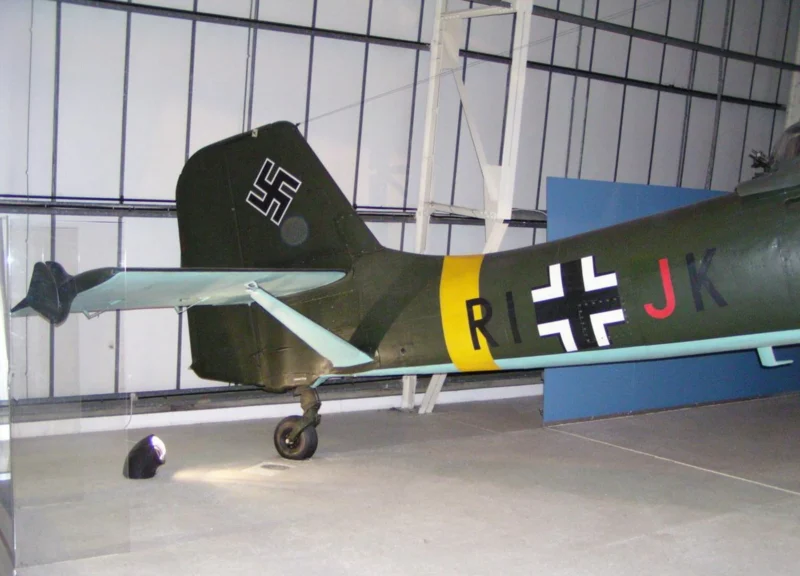
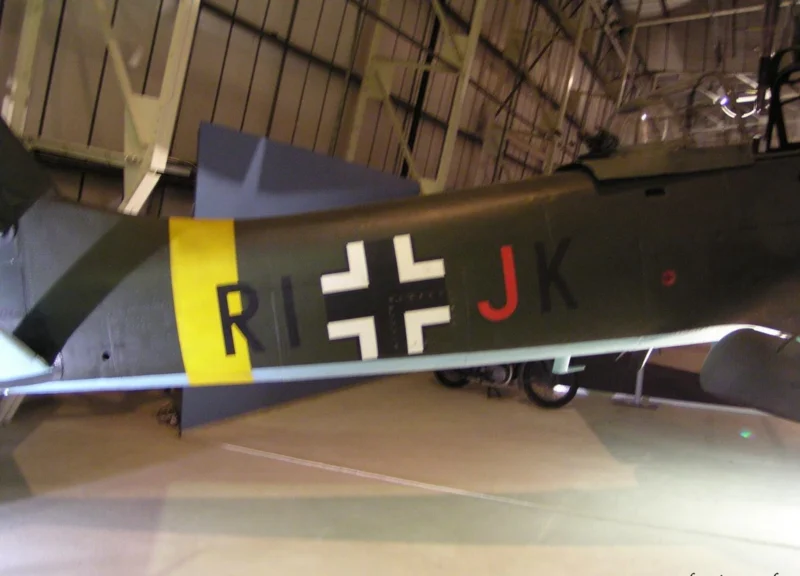
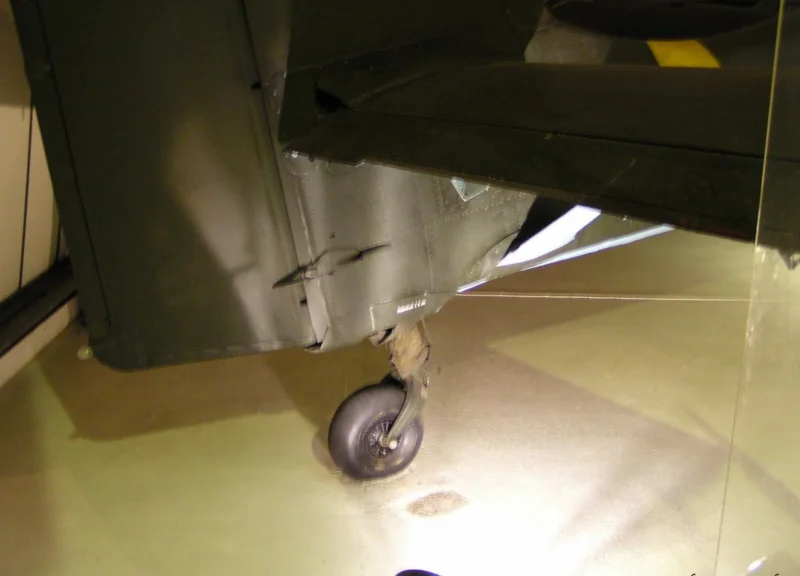
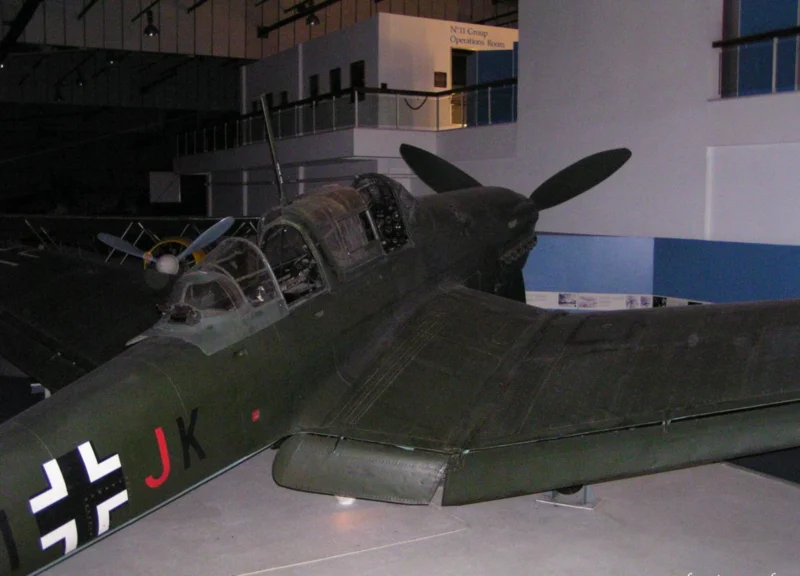
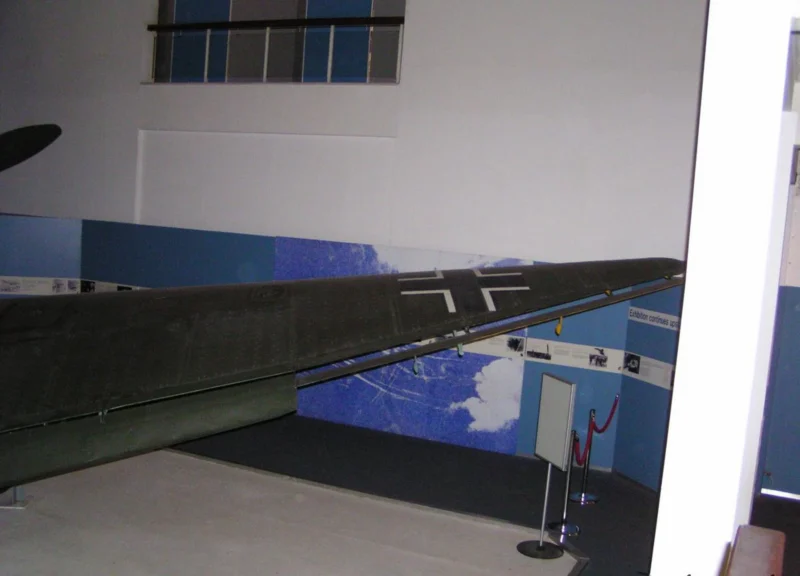
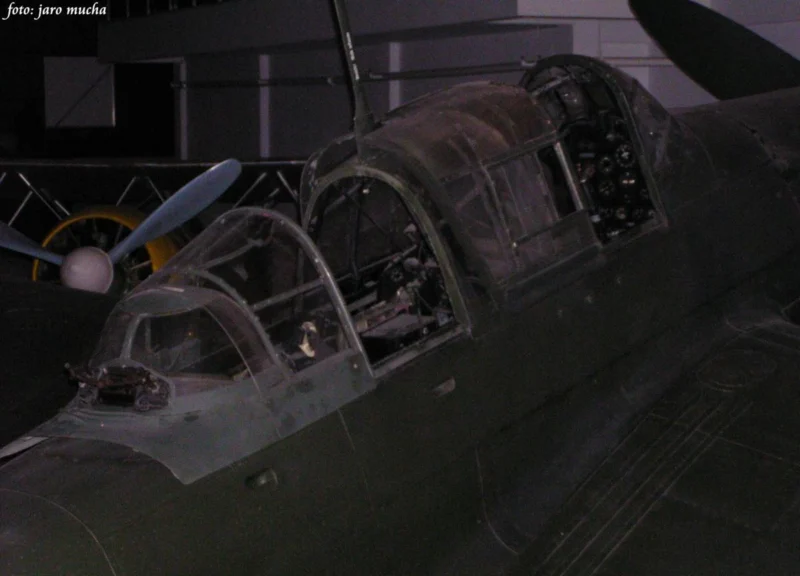
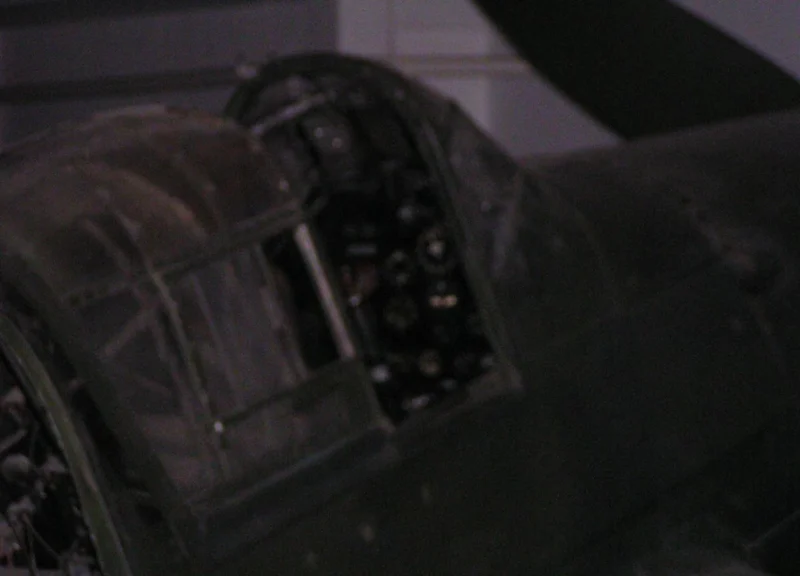
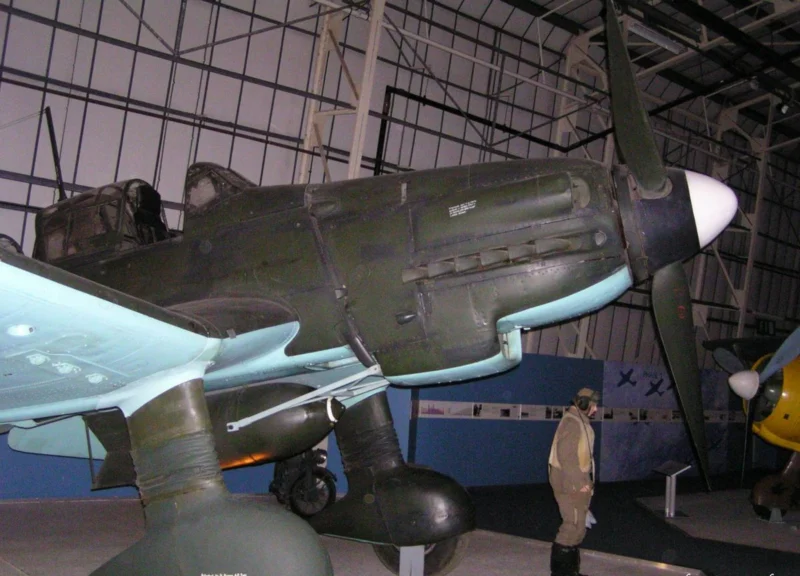
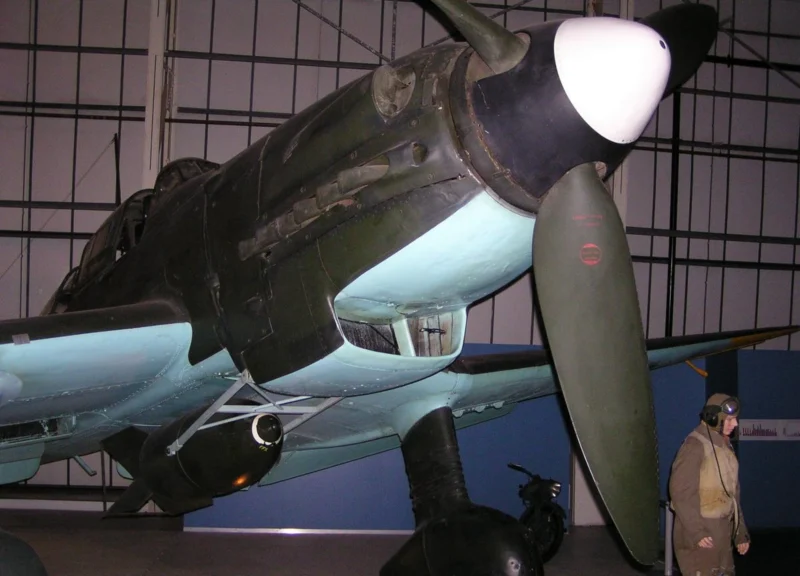


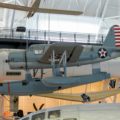
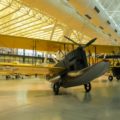
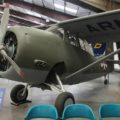
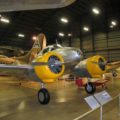
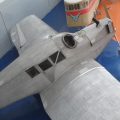
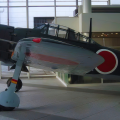
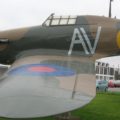
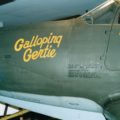
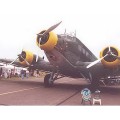
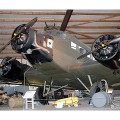
Uus komplekt 40 fotost